These short-lived spring ephemerals are now dormant for the year. You may purchase bare root corms to plant in your garden for next year. If you’d prefer potted plants, you will need to wait until the following spring for availability.
Long before you see the flowers of Claytonia virginica, its lanceolate leaves begin to emerge from the ground. Initially grass-like in appearance, but far more succulent upon closer inspection, these are the harbingers of spring. The common name says it all, spring beauty. Few things are as beautiful as a land covered in these white flowers with their pink stripes and anthers. Pink, because the pollen is pink, and visible on the specialist spring beauty mining bee that depends on this pollen to feed her young.
As the maples, willows, hazels and alders finish blooming and spent maple flowers cover the ground, the frigid mining bee finishes up her work and is done for the year. Almost immediately after, the first spring beauties begin to open up, in time for the spring beauty mining bee to emerge and begin her work in digging out her nest, mating, and collecting pollen. Each year I watch this sequence of events like a spring symphony, first one, than the next. Nature isn’t always predictable, but this is. You almost don’t need a calendar; you just need to know what comes next.
Claytonia virginica is not a keystone species
The native gardening community seems to be primarily focused on keystone species, which is good if starting out or when one only has a tiny garden. However, it’s worth remembering that while a keystone ties everything together, it still needs support. There’s no point to a keystone without the rest of the arch. Claytonia is one of those supporting members. The number of native insects I find nourishing themselves on this flower in spring is amazing. The aforementioned spring beauty mining bee specializes on the pollen. I’ve also found blood bees, various ant species, and other insects I don’t recognize drinking its nectar.
Unlike dandelions or purple dead nettles, this is one of the true first food sources for our native species. I will spot the first Claytonia flowers right before the first bloodroot and rue anemone open up, usually within days to a week. I never see native insects pollinating dandelions. In fact, I’ve never seen anything feeding on them. Why would they? Those are exotic. It’s like stopping at 7-11 to get food, because nothing else is open. When you cultivate an abundance of native flowers, they want nothing to do with those weeds.
Dandelions are edible, but Claytonias taste better
Some people claim they grow dandelions to eat. I’ve tried them, and of all the forage foods, they’re not what I’d consider choice. There’s a reason this salad green stayed back with the Great Depression. They’re certainly an easy forage food, due to their abundance. However, if I was trying to get someone interested in foraging, I would not be picking those. At best, they’re edible in a pinch. Edible doesn’t mean tasty, it just means it won’t harm you.
These, on the other hand, are definitely a choice forage. I have yet to taste Claytonia’s tubers themselves, which can be eaten raw, and some people call fairy spuds. Despite their abundance on my property, I still can’t bring myself to eat something so tiny that took years to grow. I do sometimes snack on the leaves while I’m walking around the garden, which somewhat resemble raw spinach, but better. These lack the slight bitterness you sometimes get from spinach. After all, one of the other species in the same genus is well known on the west coast as miner’s lettuce. All parts of Claytonias are edible, and as such you may wish to add them to a native food forest. Always do your research and make sure you properly identify a plant before consuming it.
Give them a chance to spread first
If you don’t have any spring beauties growing on your property, get a few tubers, plant them, and leave them be. In due time, they will be reproducing in abundance. It does take a few years to grow really big tubers, but the plants themselves don’t take that long. Leave them to spread on their own instead of trying to sow the seeds. The ones that you grow in a sunny location will produce much larger plants and leaves, if you wish to eat them. However, this plant grows everywhere, from full sun to full shade. They even pop up in my lawn, which is why I also have them on my list of lawn alternatives. My favorite section of native lawn is a moss lawn in fall and winter, which, in spring, is covered in common blue violets and spring beauties.
What’s this orange stuff on my Claytonia?
There is a rust that is hosted on this species, but in my experience the vast majority of the population is not bothered by this pest. That could potentially depend on location, if there is some genetic feature that causes some to be more susceptible than others. I would need to watch the plants that are affected by this to see if it is fatal long-term. The population on my property numbers in the thousands, but I only find rust on a tiny handful of plants. I don’t bother doing anything with them, and I don’t see it spreading.
The rust is visible pretty much from the time they emerge on the earliest leaves, so if they are leafed out, I can be sure that the plants I sell do not have it at the time of sale. However, if you have an issue with one of the ones you purchased, make a note of it in the comments if you place another order. I’ll make an exception for this one and replace any with rust, so you can get a healthy population established. I’d suggest planting the new ones in a different location to avoid potential transmission through the soil.
Do you follow me on Bluesky yet?
I featured this plant as one of my picks for 20 days of underrated native plants over on Bluesky. Here’s the link if you’d like to check out the discussion on edibility and ecology.

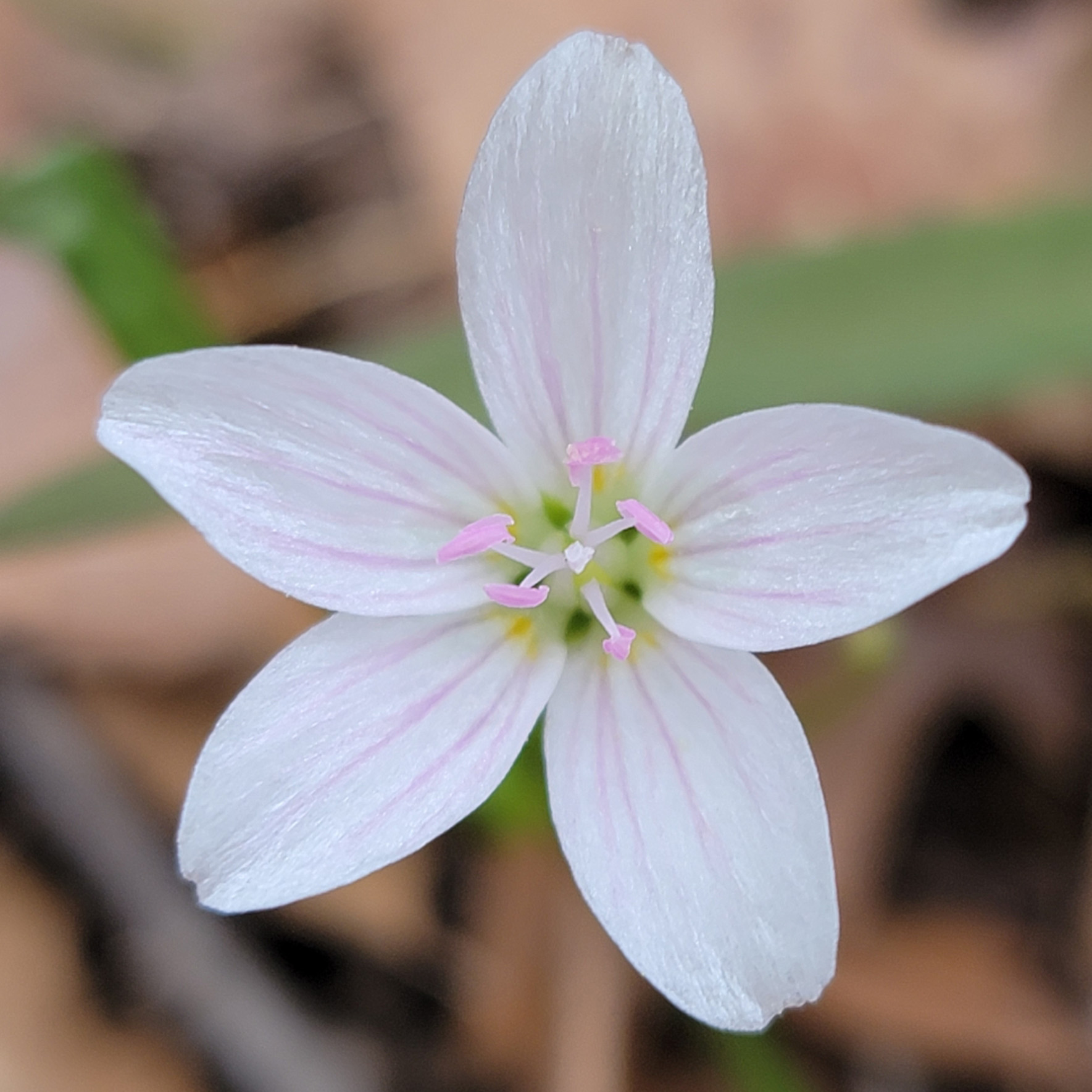
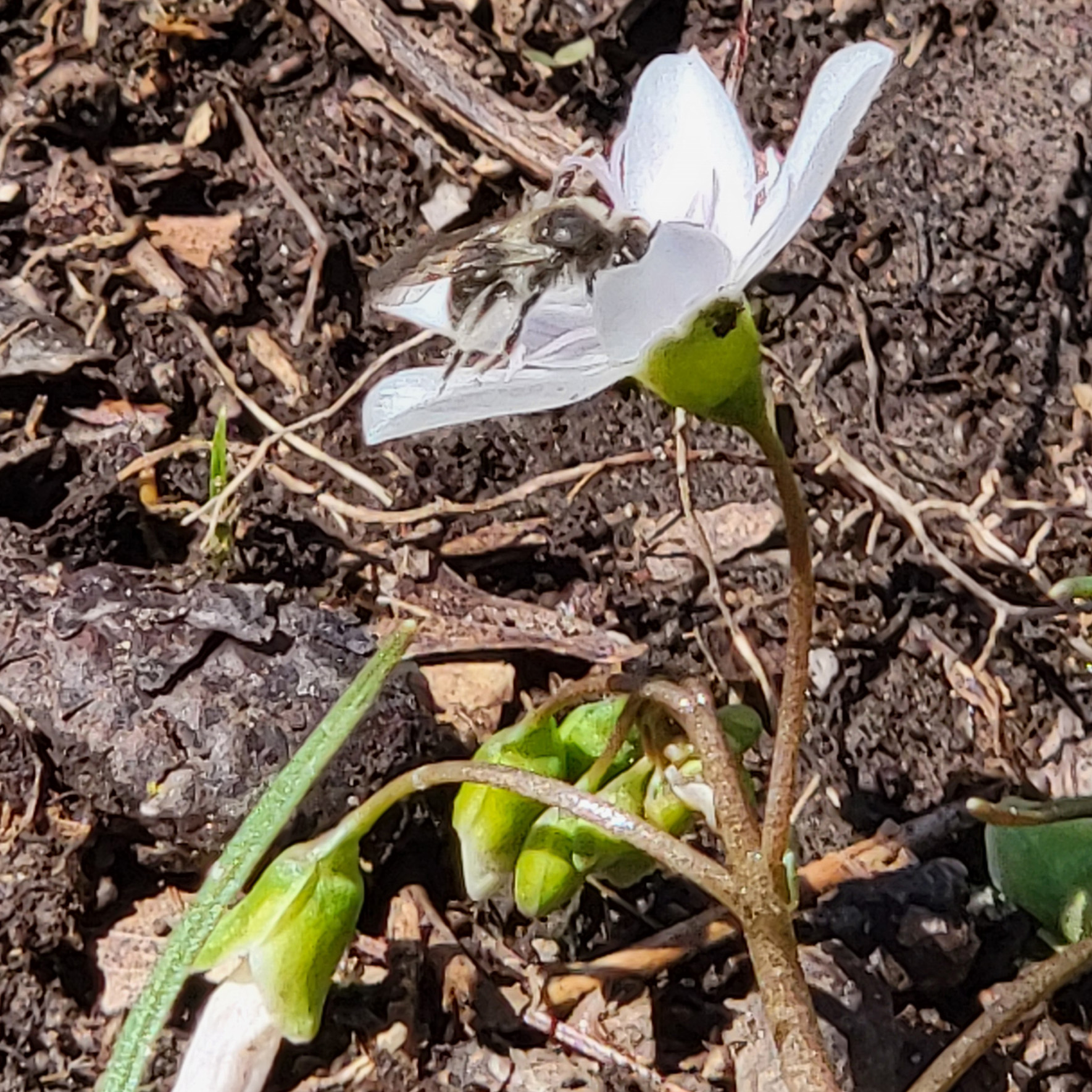
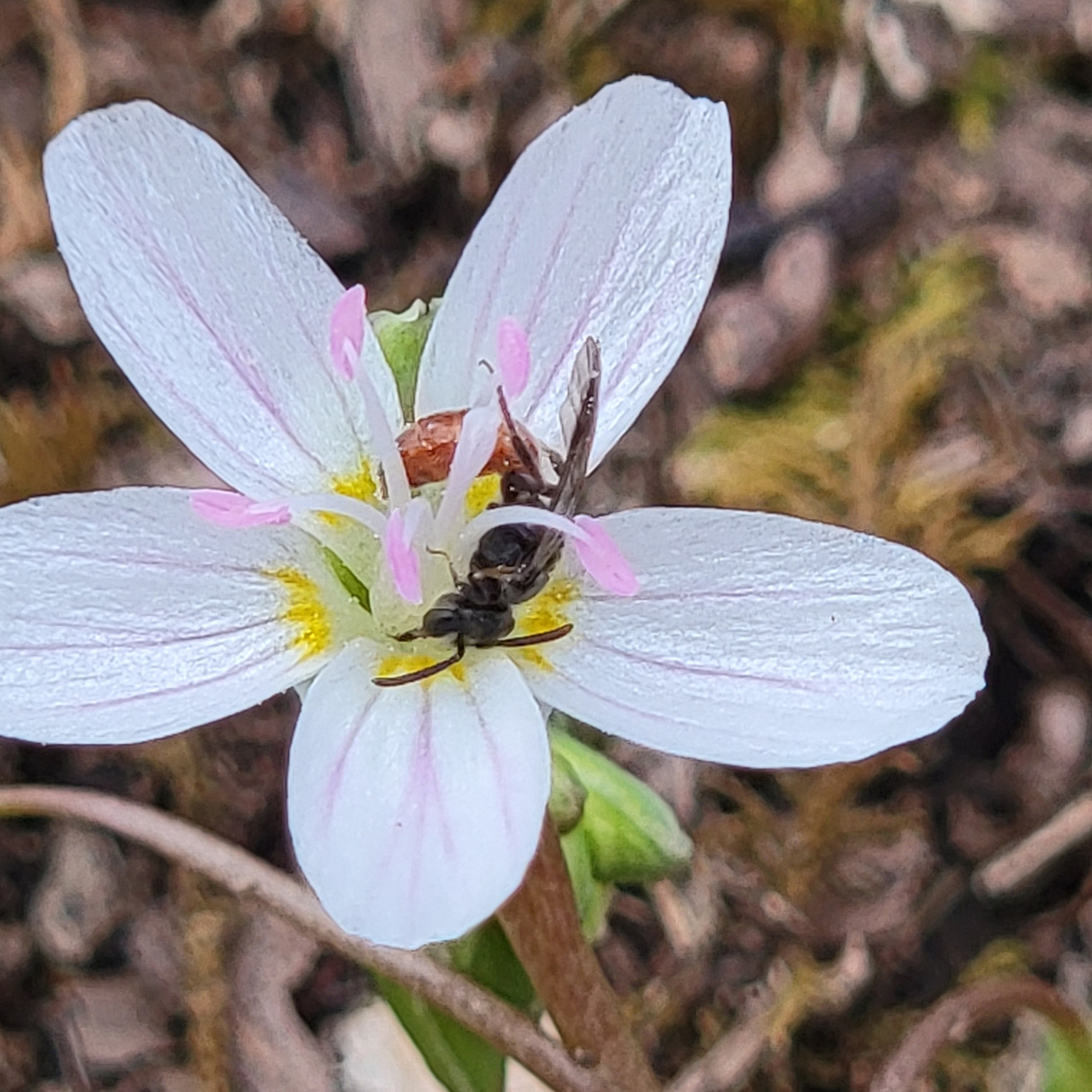
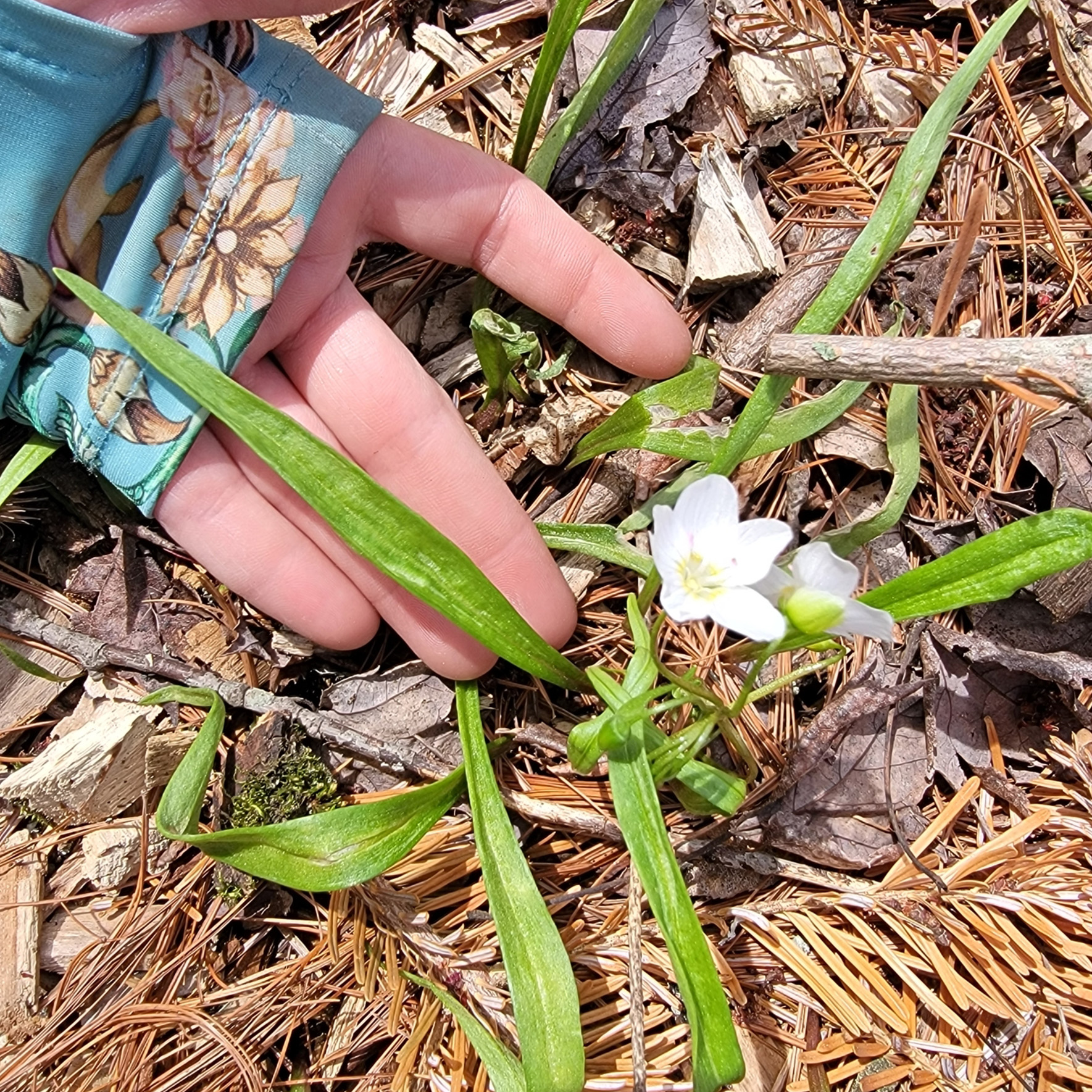
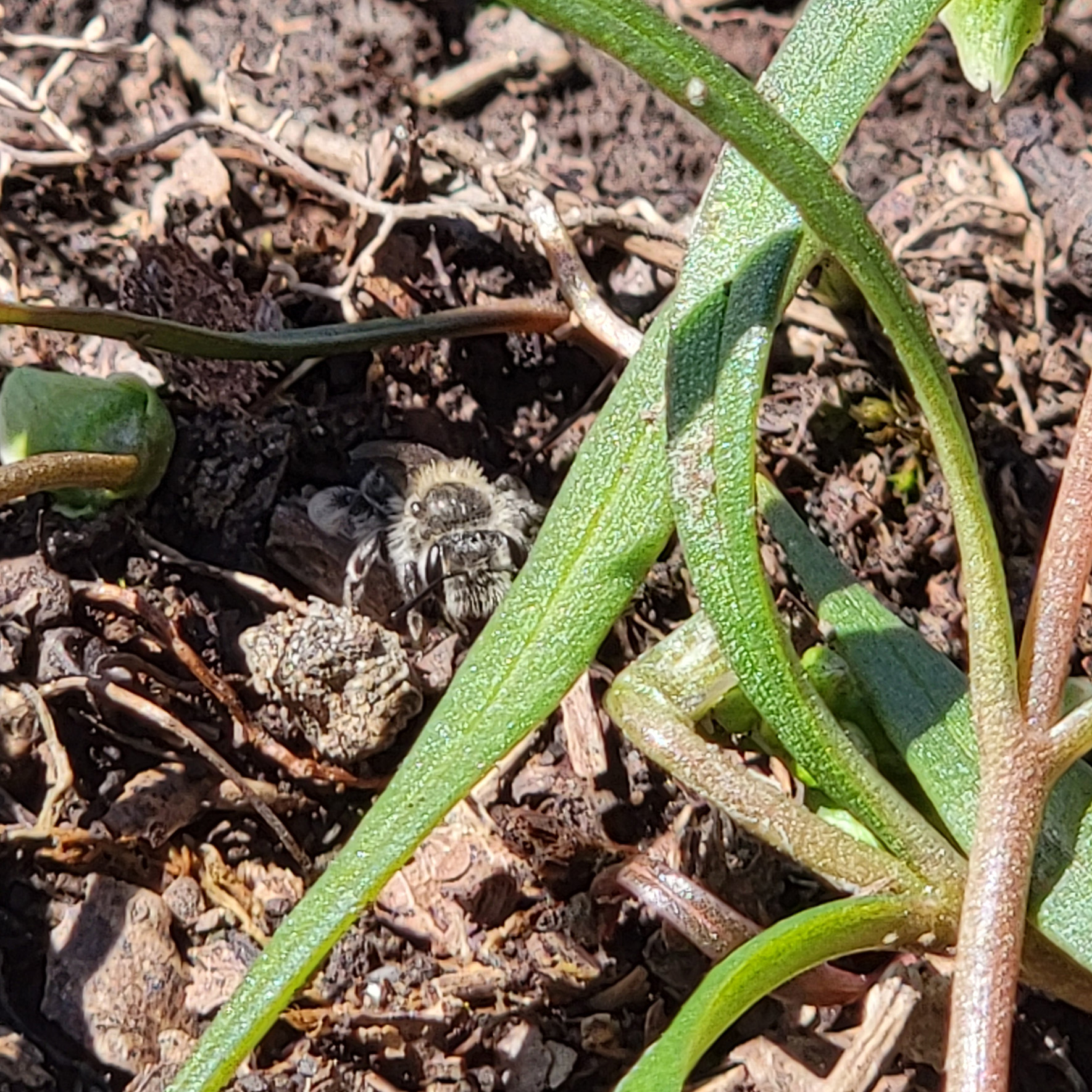

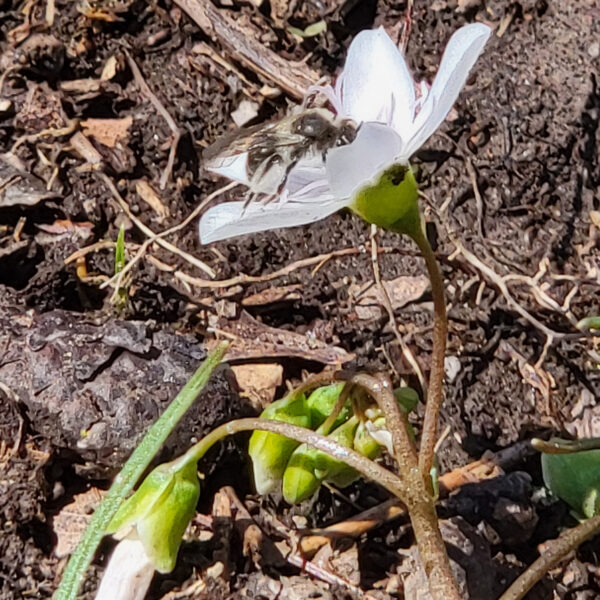
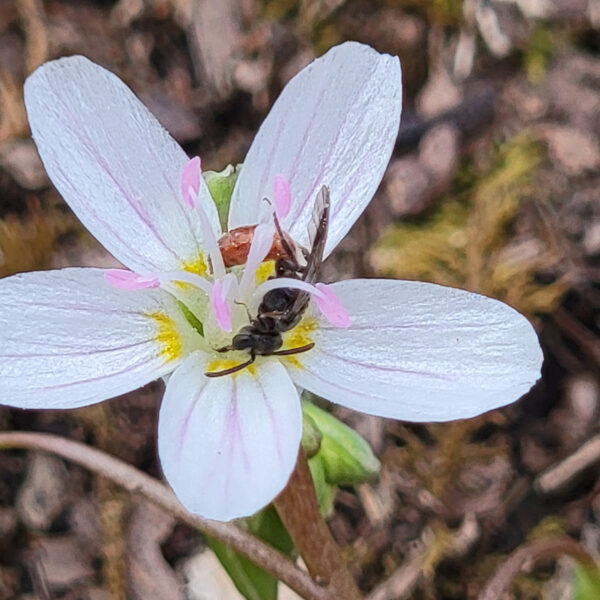
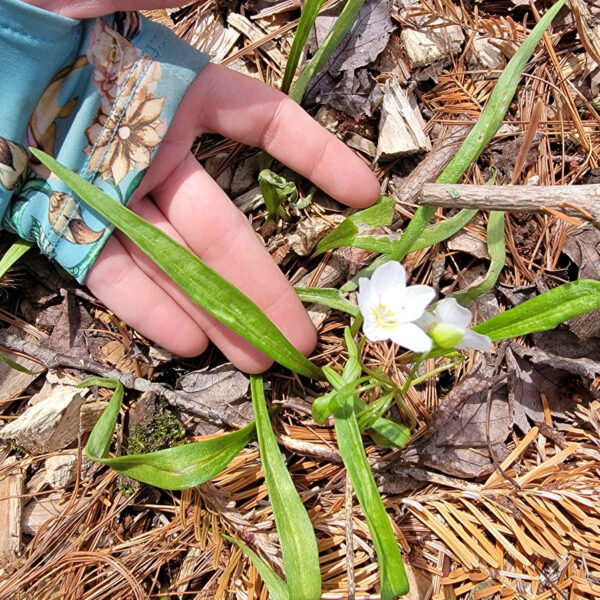


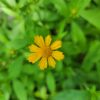


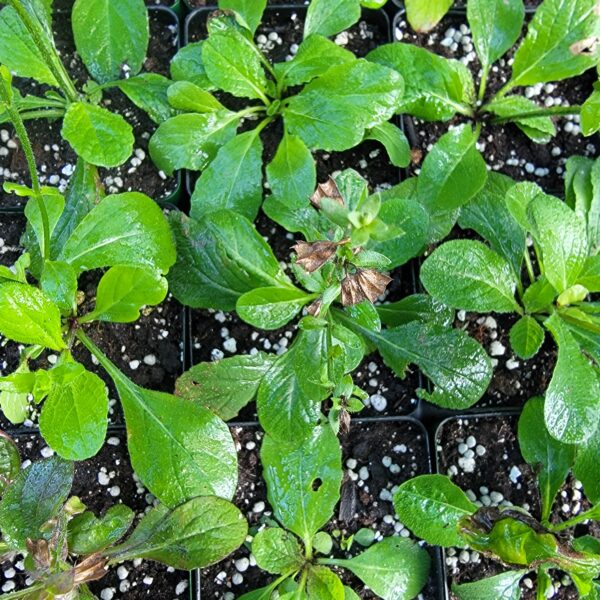
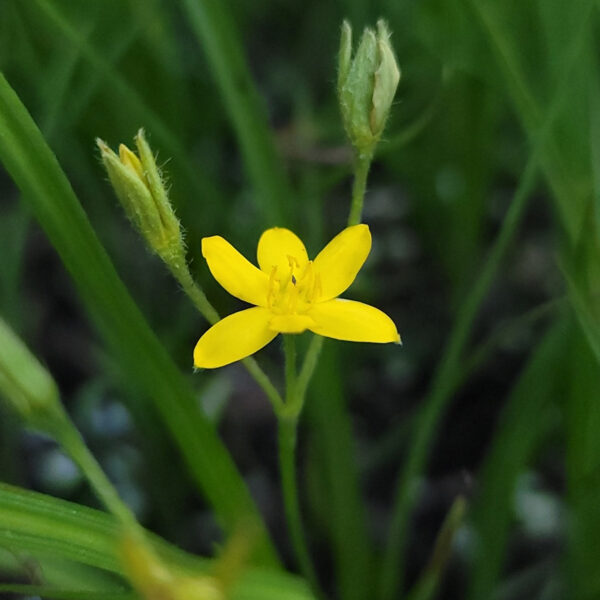


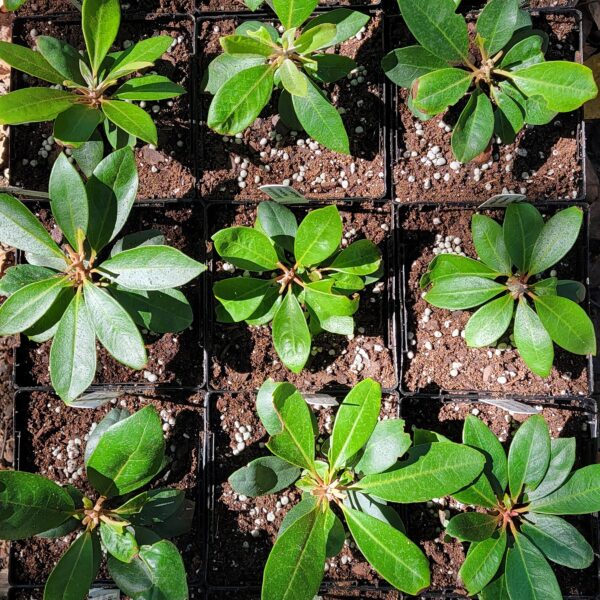


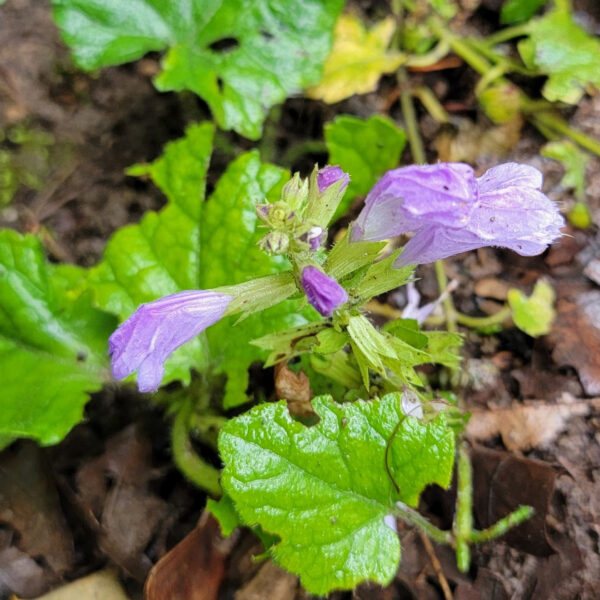
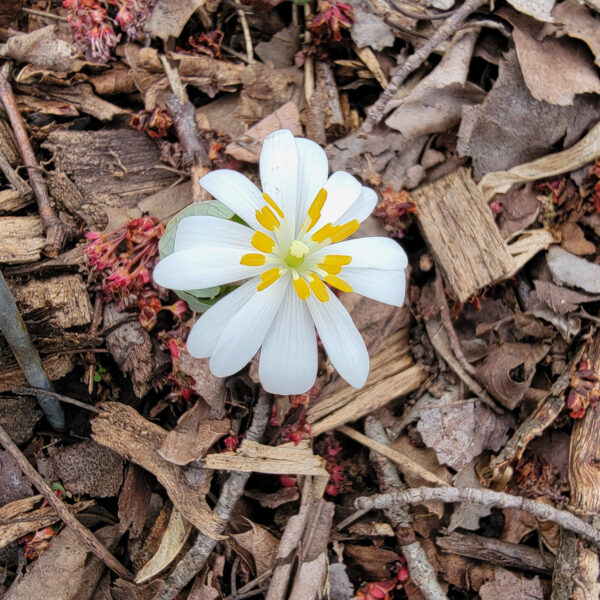
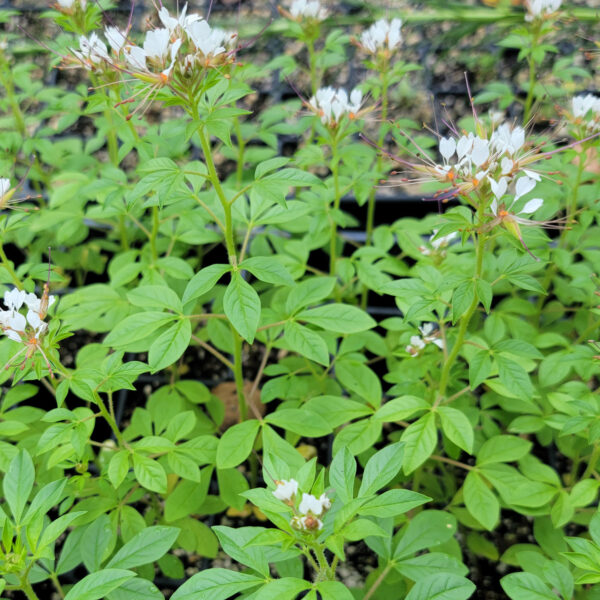



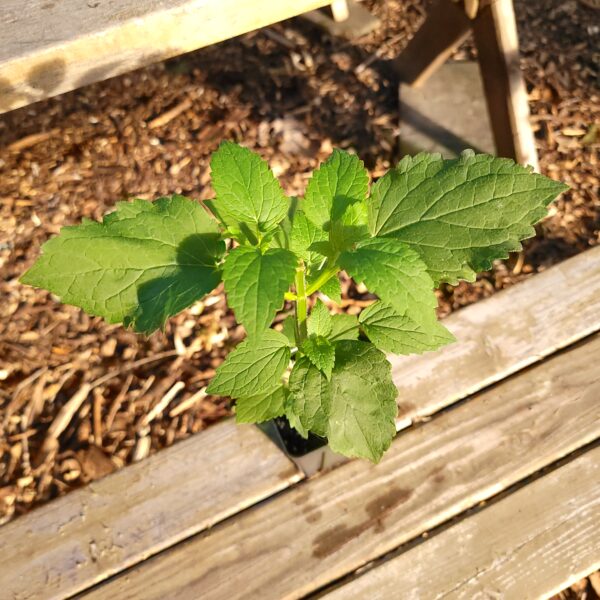




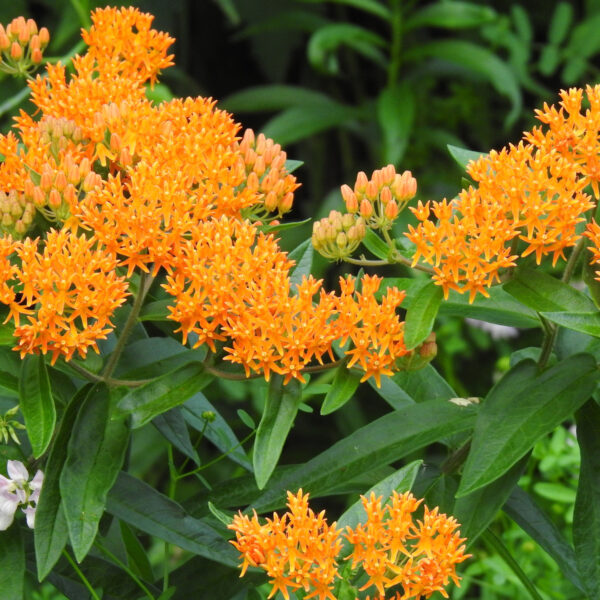
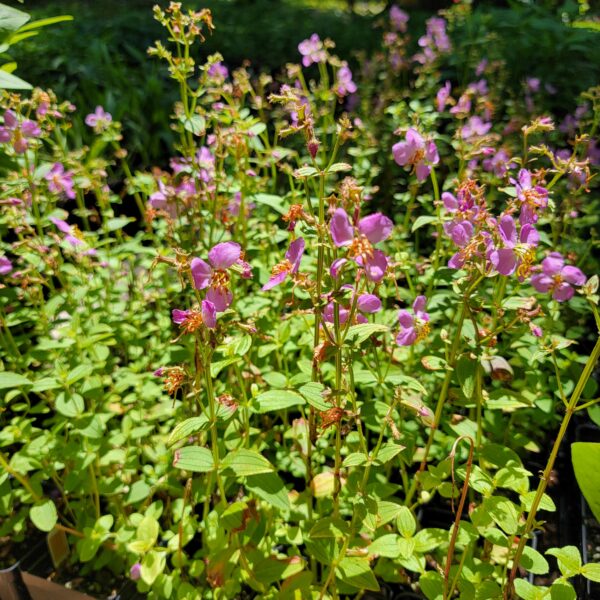
Reviews
There are no reviews yet.